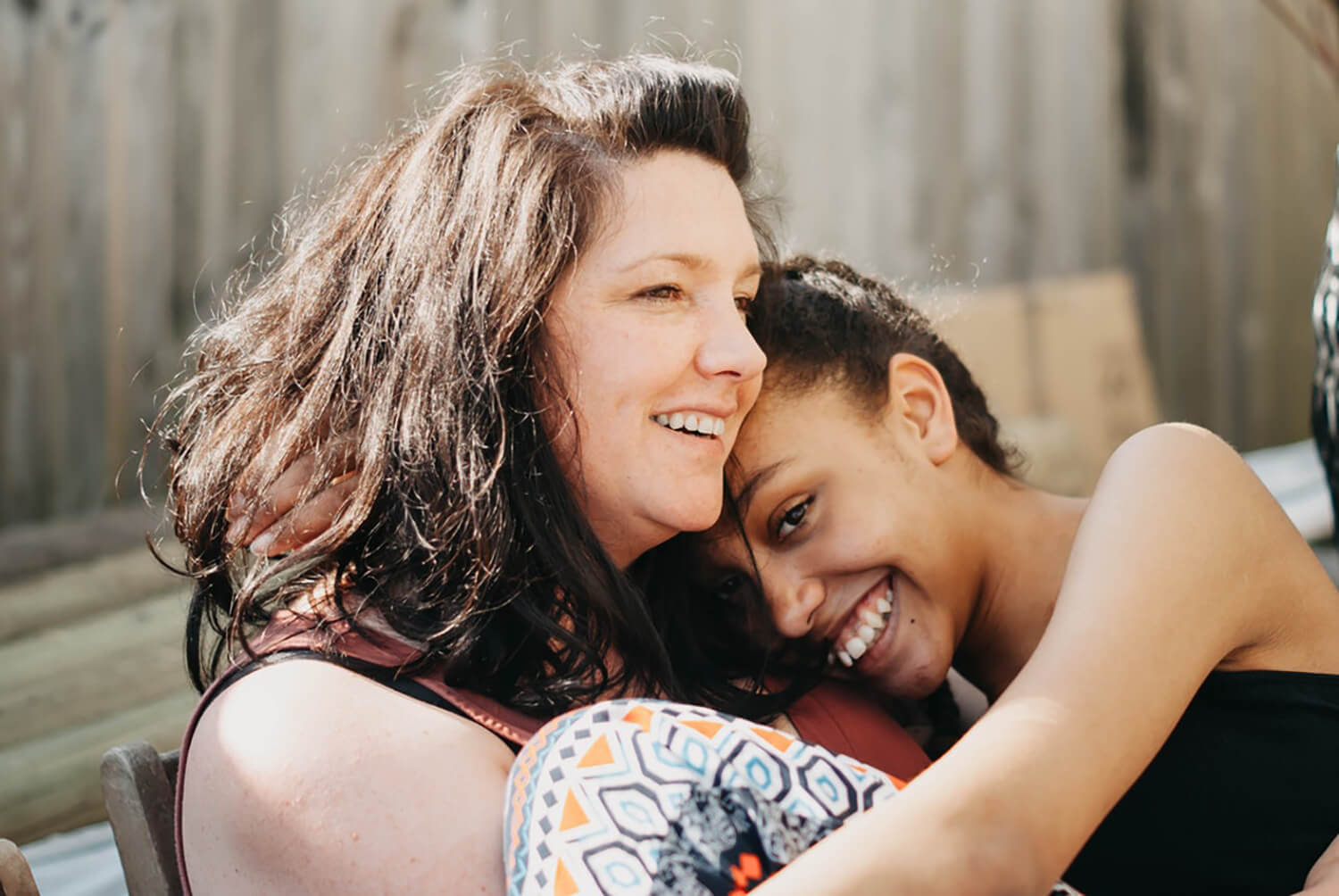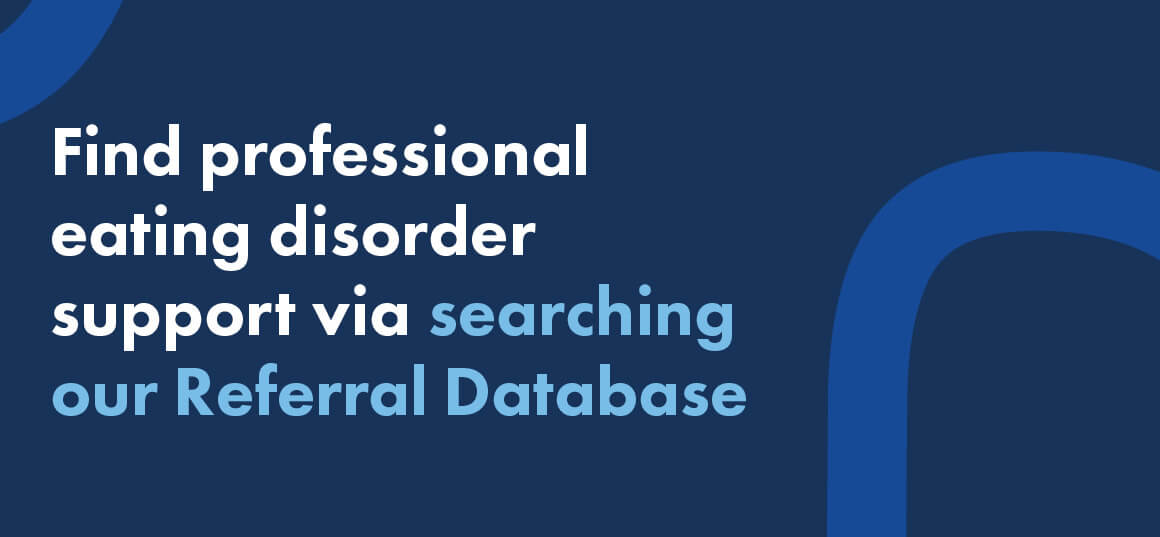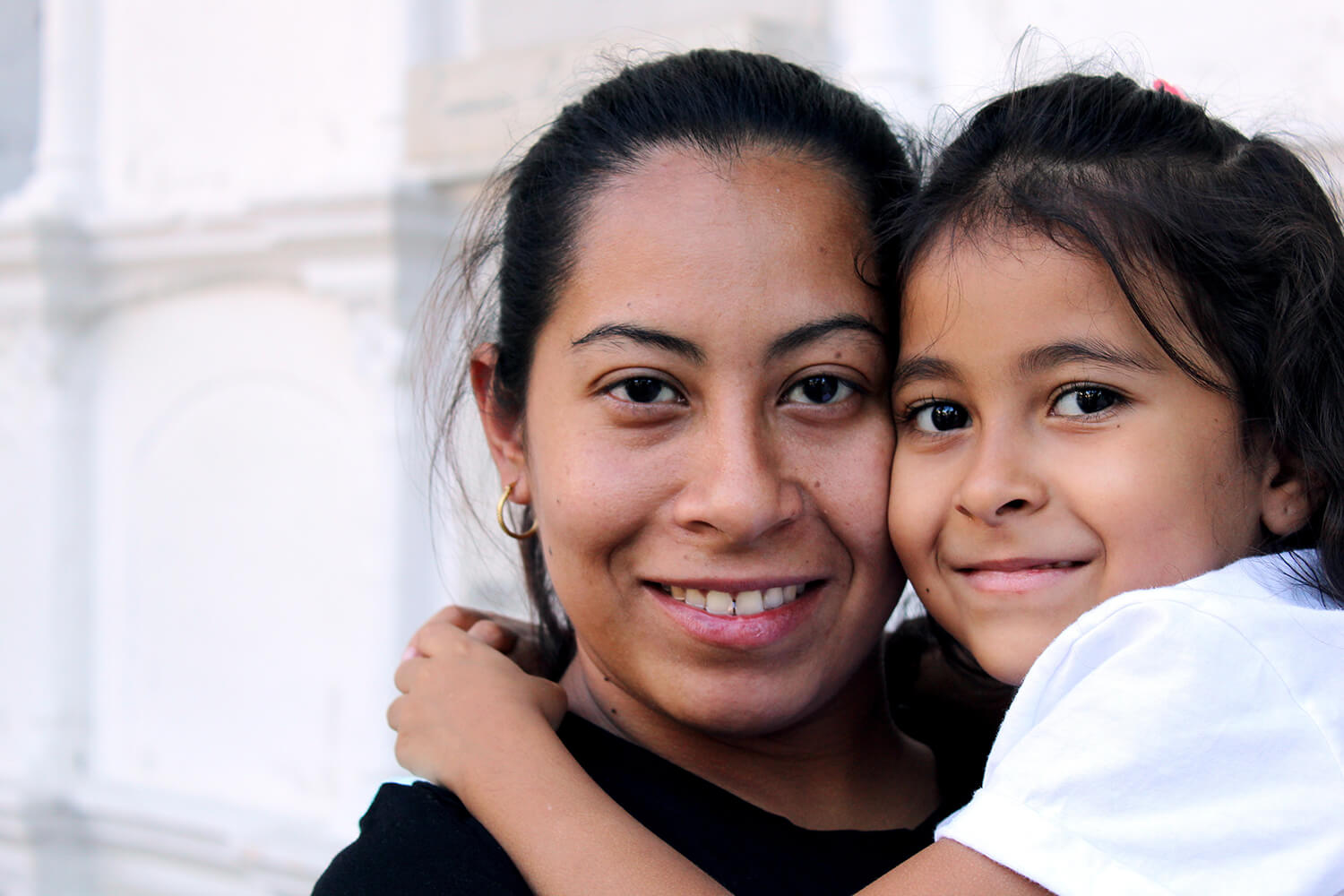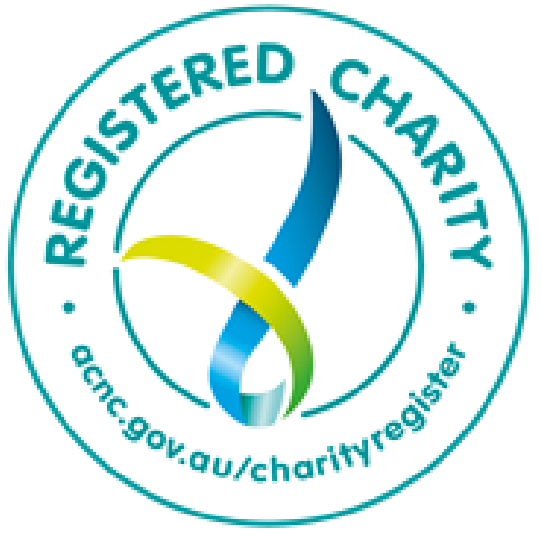Autism, Eating Disorders and Me
“As an autistic person with ARFID and Anorexia, I wish people would understand that the driving issue fueling the eating disorders of many autistic people is multi-faceted and a tangled web consisting of social anxiety and unawareness, sensory processing problems and the overbearing rejection we face from a society simply not made for us. I wish people understood that the picky eating and rigidity seen in many autistic kids, sometimes to the point of deserving a diagnosis of OCD or ARFID, which is common in autistic people, is a huge risk factor for BED, anorexia, bulimia and orthorexia.
I wish people understood that by ostracising autistic kids, they are putting us at risk for an ED.”
-Melanie for #AnEDLooksLikeMe
Research indicates that 20-30% of adults with eating disorders are also Autistic (Solmi, et al.), and the likelihood of having Autism is more than 15 times higher among people with Anorexia than among those without (Anckarsäter, et al). But a lack of awareness among the public and healthcare providers means many go undiagnosed, and traditional eating disorder treatment models are often unsuitable for Autistic people.
In this blog, Melanie shares her experience with autism and eating disorders, and what would have helped her.
I distinctly remember this sense of childlike joy and innocence that wafted through the air like a mist of magic softly caressing my skin as I reminisce about my first trip to Queensland as a five-year-old.
I remember the delectable taste of mousse melting majestically on my tongue, reaching out to the hairy spider that hung above us in the Scooby Doo rollercoaster, I remember sitting on my dad’s lap eating ice cream while watching the motor bike show.
I am reminded of the depths I went searching for that childlike joy as a teenager, the dark hole I found myself in, ostracised by society and left to cope on my own. The time I was left with anorexia as my only true friend.
For as long as I can remember, I have felt different. The first couple years of my life went by problem free, although I never had many friends, I was happy.
I was always a picky eater, I remember my eldest brother and I would eat carrots instead of risotto for birthday dinner because we didn’t like the texture whilst youngest brother and my parents ate with him. All my brothers and my dad included were picky eaters as well. Mum usually had to make at least three meals every night for dinner to placate all of us.
I now know we were all obviously dealing with Avoidant Restrictive Food Intake Disorder, more commonly known as ARFID, but since we all struggled it was never picked up.
I started having friendship issues when I was 7. I had friends that left me because of my special interests or my lisp, and by the time I was nine, I was being bullied.
When I moved schools in year five, I struggled to fit in. I moved because of bullying only to find I would soon get bullied again. I remember telling my teacher every day that I had no friends and I was lonely. I was placed in a five/six class as I was gifted and no one wanted to be near me.
In year six I found that making people laugh was my specialty. I would tell long elaborate jokes every morning for roll call but what I didn’t realise is that people were laughing at me, not with me.
I struggled with the transition into year seven. My friends all moved on and I was left with just one friend, and although he was a good one, I was lonely.
Research suggests that children with social difficulties are more likely than those without to develop disordered eating behaviours by age 14.
The bullying started up again and the mania and depression I experienced as a young child came back stronger.
I started going to therapy, but it wasn’t until I was 13 that I was finally diagnosed with autism.
At first, I was confused. Wasn’t autism for people who couldn’t talk? I thought, but when I finally understood it, I felt like everything was explained. However, my problems only got worse.
I used to find comfort in food, struggling with binge eating disorder from a young age. I would binge on soft, sweet foods, because I liked the flavour and texture, whilst grainy and hard foods were a big no.
After countless years of bullying for many things including my weight and sexuality, I made a rash decision.
I liked watching anime and Japanese idols and was obsessed with the way they looked. One day I was watching a Love Live cosplay dance and I decided I was going to lose weight and ‘get healthy’. I had decided that by myself in late 2016, and Mum and I also decided to get healthy together.
This obviously backfired.
By 2017 I had spiralled into Anorexia. Anorexia basically took my ARFID fear foods, added a bunch more and intensified them.
Despite Anorexia Nervosa being the least common eating disorder in the general population, it is one of the most common seen in Autistic people, alongside ARFID.
By my birthday in September, I was seeing the adolescent medicine team at Westmead Children’s Hospital. I was forced into treatment and was not happy about it.
I was very sick and didn’t believe that I needed the help.
When I was hospitalised, I quickly found that my sensory needs were not considered. I was often given greasy foods, spicy foods, foods with small pieces in a liquid texture like yoghurt and other sensory fears. Mealtimes were noisy and overwhelming.
I had my first meltdown in my second hospital admission. I was so overwhelmed, I screamed and cried and tried to escape. My now best friend helped calm me down but later told me that the other patients complained about it, and I was treated differently because of it.
Eating disorder treatment doesn’t consider different neurotypes as well as sensory issues, emotional regulation, and the social aspect of eating disorders for autistic people, among others. I personally found that none of the treatment I received was well informed of my autism and was ineffective like many autistic people find.
The most helpful treatment I’ve received is art therapy as it is tailored to the autistic person’s feelings.
I have now found an eating disorders psychiatrist who is informed about autism and ARFID. They figured out that I had ARFID, as well as figuring out that for me, like many autistic Assigned Female At Birth (AFAB) women, that my autism was at the centre of my anorexia. This needed proper care before I could properly start recovery for my ED.
Autism is diagnosed in three times as many males (assigned male at birth, AMAB) compared to females. Missed or delayed diagnosis of Autism in females during childhood may leave the child vulnerable to the development of mental health problems, including eating disorders such as Anorexia.
In 2022, I will undertake my first voluntary ED admission which is a huge step for me.
I strongly suggest that all doctors, psychologists, dieticians, and the like, read up on the connection between eating disorders and autism, as well as sensory processing disorder, so that they can be informed of the struggles autistic ED patients experience every day.
I also would like to encourage people to share stories from autistic ED patients and listen to our needs. Lastly, I would like to cheer on all my fellow autistic people in recovery for an eating disorder. You can do it everyone!
– Melanie
The link between Autism and Eating Disorders
There is growing research that suggests eating disorders and autism share similarities in terms of cognitive and socioemotional processing.
Autistic people may be particularly sensitive to textures, smell, look or sound of foods, and they may have highly selective eating requirements.
They may also struggle with the social nature of food and eating, such as sitting at table with others or waiting until are finished. Physical difficulties, such as difficulty chewing or swallowing, may also be common.
These behaviours are often seen in people living with eating disorders, which can mean that autism can go undiagnosed in people with eating disorders or, conversely, in autistic people who may also be struggling with eating disorders. This is particularly true for individuals assigned female at birth (AFAB) as Autism is diagnosed in three times as many males (assigned male at birth, AMAB) compared to females. Missed or delayed diagnosis of Autism in females during childhood may leave the child vulnerable to the development of other mental health problems, including eating disorders such as Anorexia. (Westwood, Tchanturia, 2017)
Reasons why Autistic people may develop an eating disorder could include:
- Not being able to sense a feeling of hunger
- Sensory differences related to food textures, smells, tastes etc
- Food and counting calories can become an intense interest/obsession, a tool to manage general anxiety levels
- Developing strict routines and rules around food that are very difficult to change.
Autistic people also have difficulties with emotional processing. This may also be seen in Anorexia, as starvation can cause problems with emotional processing. (Oldershaw, 2012).
Research further suggests that Autistic people with eating disorders generally do not respond as well to traditional eating disorder treatment models, tending to have worse outcomes than non-autistic peers (Nielsen, et al. 2015). As such, it is imperative that treatment takes a person-centered approach to accommodate autistic people’s needs, such as sensory sensitivities.
Further reading
Autism traits in childhood linked to eating disorders in adolescence
Anorexia’s link to autism explained
Eating disorders – a guide for autistic adults
References
- Anckarsäter, H. et al. 2011. The sociocommunicative deficit subgroup in anorexia nervosa: autism spectrum disorders and neurocognition in a community-based, longitudinal study. Psychological Medicine, 42(9). Online: https://www.cambridge.org/core/journals/psychological-medicine/article/sociocommunicative-deficit-subgroup-in-anorexia-nervosa-autism-spectrum-disorders-and-neurocognition-in-a-communitybased-longitudinal-study/11886E098E115245CC36D19FF0AB440B
- Nielsen, S. et al. 2015. Effects of autism spectrum disorders on outcome in teenage-onset anorexia nervosa evalutated by the Morgan-Russel outcome assessment schedule: a controlled community-based study. Molecular Autism, 6(14). Online: https://molecularautism.biomedcentral.com/articles/10.1186/s13229-015-0013-4
- Oldershaw A. et al. Eur. Eat. Disord. Rev. 20, 502-509 (2012). Online: https://pubmed.ncbi.nlm.nih.gov/22241653/
- Solmi, et al. 2021. Trajectories of autistic social traits in childhood and adolescence and disordered eating behaviours at age 14 years: a UK general population cohort study. The Journal of Child Psychology and Psychiatry. 62 (1), pp.75-85. Online: https://acamh.onlinelibrary.wiley.com/doi/10.1111/jcpp.13255
- Westwood, H. Tchanturia, K. 2017. Autism Spectrum Disorder in Anorexia Nervosa: an updated literature review. Current Psychiatry Reports. No. 19. 41. (2017). Online: https://link.springer.com/article/10.1007%2Fs11920-017-0791-9

This blog post was written by Melanie, who has lived experience of Autism, Anorexia and ARFID, as a part of Butterfly’s Christmas Appeal #AnEDLooksLikeMe.
This campaign is dedicated to highlighting that eating disorders do not discriminate and can impact anyone, regardless of age, gender, body size or ethnicity.
We’re tackling stigma and stereotypes head on so we can help more people get the help they deserve – but we can’t do it without your help. Please consider donating to help fund our critical support, treatment and prevention services for eating disorders and body image concerns.
DONATE NOWFIND OUT MORE ABOUT #ANEDLOOKSLIKEME




















